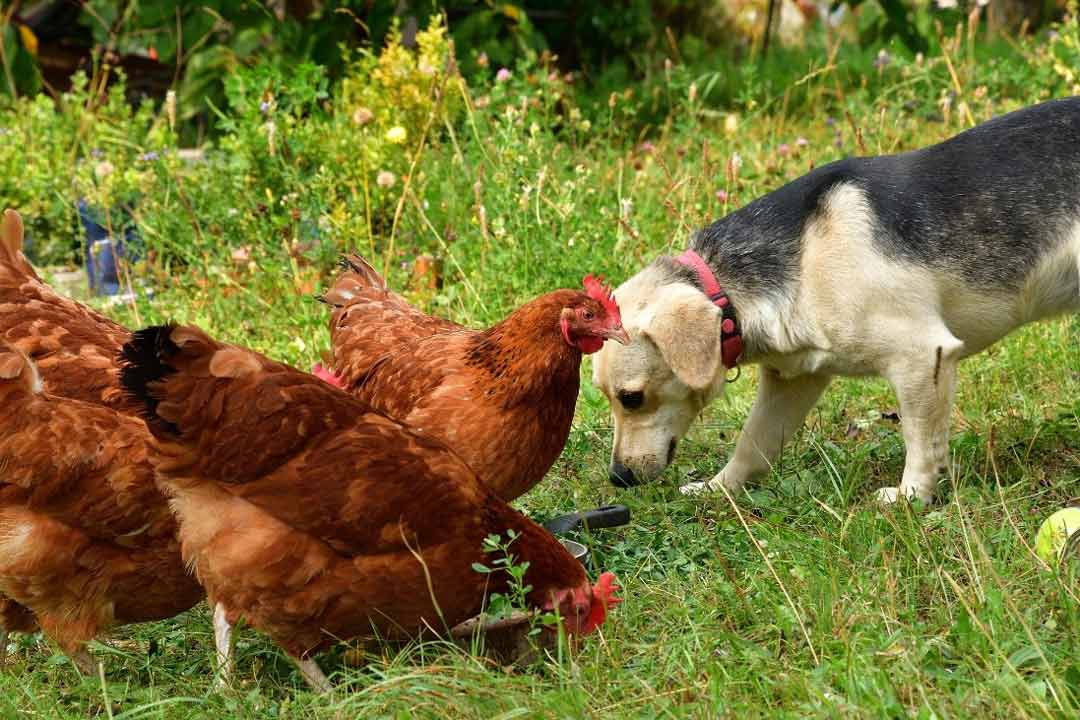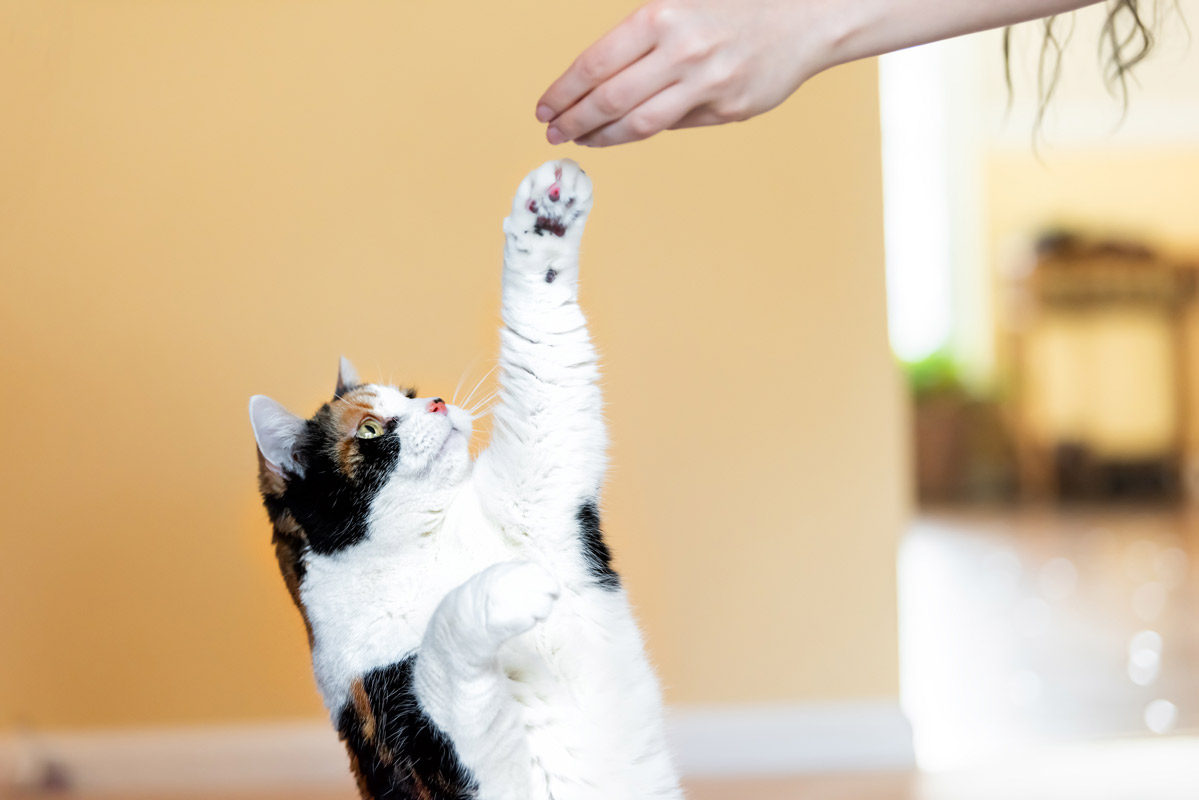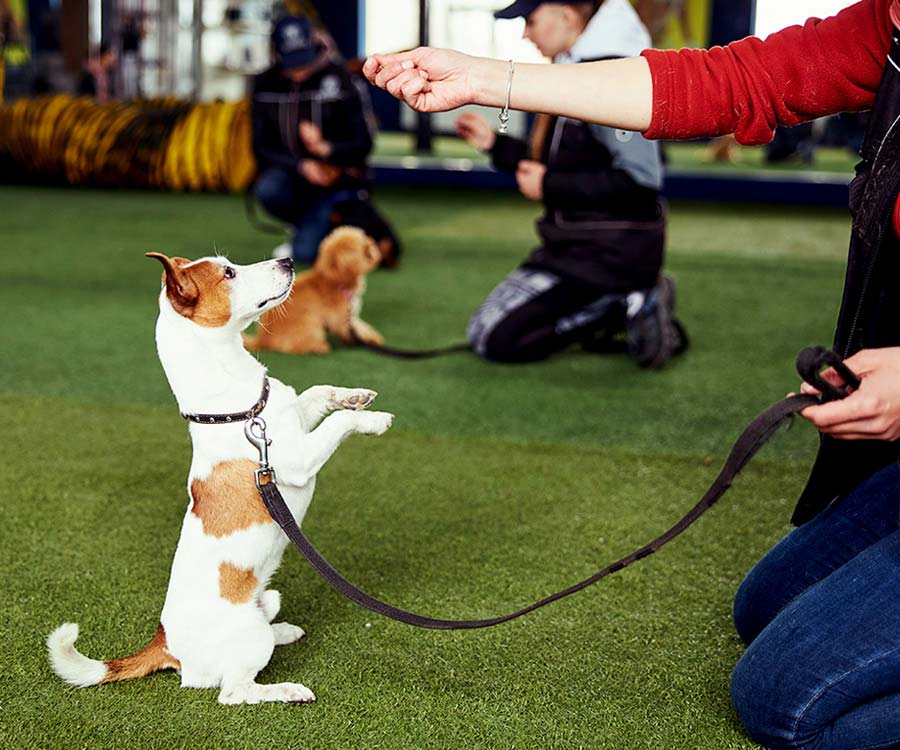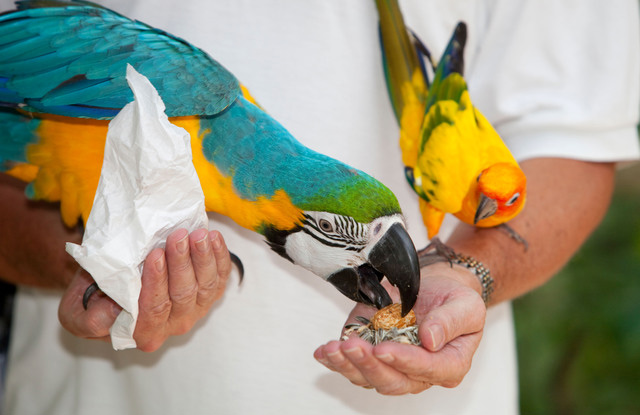Introduction
Effective Techniques For Teaching Your Pet. It may be thrilling and satisfying to get a new pet in your life. Whether you’ve taken in a puppy, kitten, or even an adult animal, training is an essential part of creating a close relationship and making sure your house is a peaceful place to live. Effective training methods help your pet learn appropriate behavior while also stimulating their minds and improving their general well-being. In this blog post, we’ll look at several helpful strategies that can help you become an expert trainer and raise a contented, submissive pet.

Positive Discipline:
Positive reinforcement is one of the best methods for training dogs. This technique entails rewarding your pet for displaying desired behaviors, such as obeying directions or acting in a suitable manner. Treats, compliments, playtime, or a favorite toy can all be used as rewards. You may urge your pet to repeat certain behaviors by linking pleasant experiences to those acts. Your pet will learn more readily if you use positive reinforcement to create a fun and joyful training environment.

Maintaining Consistency:
It’s crucial to be consistent when teaching your pet. Your pet will learn what is expected of them if clear rules and boundaries are established from the start and continuously enforced. Make sure that everyone in the family is on the same page with the training procedures and that you use consistent cues and directions. Confusion will be avoided and learning will be expedited by this uniformity.
Consistency and Patience:
Training requires patience and time. Similar to humans, animals require practice and repetition in order to properly understand new concepts. Keep in mind to be patient with your pet and refrain from becoming irritated or using punishment. The behavior of your pet may be shaped far more effectively via encouragement and positive reinforcement than through punishment-based techniques. Celebrate your minor triumphs along the way, and keep going even when development seems to be taking a while.
Timing is everything:
When teaching your pet, timing is crucial. Your pet will correlate the consequences of their actions with the rewards or corrections you give them right away. For instance, giving your dog a treat as soon as they sit can help them make the association between the action and the reward. Your pet may get confused and unable to distinguish between what they did correctly and bad if the reward or punishment is delayed.
Inclusion and Exposition:
Especially for puppies and kittens, socialization is a crucial element of pet training. To make your pet feel at ease and confident in diverse settings, expose them to a variety of people, animals, and places. The chance of future fear, aggressiveness, or anxiety is decreased with proper socializing. Expose your pet to new situations gradually, making sure they associate each interaction with good things.
Brief, Interesting Sessions:
Young animals in particular have limited attention spans. Maintain brief and interesting training sessions to maximize their learning. Short, frequent sessions are more efficient than long, boring ones. As your pet improves, concentrate on only one command or behavior at a time and progressively raise the level of difficulty. To ensure that your pet looks forward to the upcoming training session, end each session on a good note.
Individual Needs Considered:
Each pet is different, and some animals have different learning styles than others. When creating a training plan, take your pet’s personality, temperament, and preferences into consideration. While some animals are more driven by rewards or play, others respond better to vocal praise. To get the best results, adapt your training strategies to your pet’s particular requirements.
Conclusion:
Pet training is an art that demands commitment, endurance, and a thorough comprehension of your animal friend’s requirements. You can mold your pet’s behavior and develop a solid relationship based on trust and respect by using positive reinforcement, consistency, patience, and perseverance. Don’t forget to keep training sessions interesting, pay attention to time, and modify your techniques to fit your pet’s particular personality. You’ll be well on your way to mastering the art of training and living in harmony with your well-behaved and content pet if you use these powerful tactics.






















